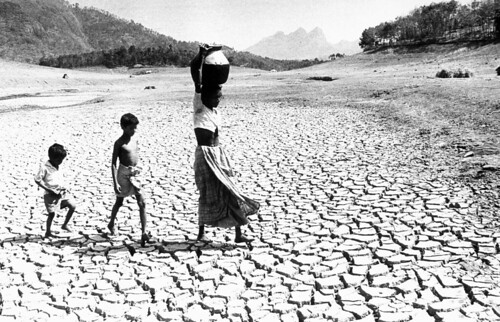The Olympics are coming! Coaches are
training Olympians worldwide to ensure they achieve the best possible result,
whether it’s a podium finish or a personal goal. The Olympics is one of the
only sport events that reaches all corners of the globe and a truly worldwide
audience. This is a unique opportunity for many, and it’s also a time to
address a global audience on important issues, and London is doing this in the
realm of the Environment.
London is aiming to incorporate
sustainability into every aspect of the Olympics to create positive change and it has set new standards for the future. London’s bid to host the Olympics
incorporated environmentally friendly objectives, for example, it will use many pre-existing
venues where possible and will only build permanent structures that can be used
for many years to come, and where this is not possible, create ‘temporary
structures’ that will only be used for a specific amount of time. All venues incorporate sustainability
into their production, with the Olympic stadium being the front runner which is
constructed using multiple techniques, using recycled materials and lighter material to reduce its carbon footprint. Further, the London Olympics will bring
significant environmental change to areas that were previously known as
‘brownfield sites’ meaning they were derelict or contaminated - and they are creating one of the biggest new parks in London.
By highlighting 5 main interest
areas London is trying to become the greenest games possible. In recognition of Climate
Change London Olympics is positively minimising it’s greenhouse gas
emissions, it will not send waste to landfills, encourage Biodiversity at
Olympic venues, promote inclusion from people across London
and the UK and healthy living, to encourage people to be more
active and think more sustainably. The Olympics is on track to deliver
the first sustainable games
However there’s still room for
improvement. In the Olympic bid London explained they would be investing in a
wind turbine to create 20% of the energy necessary for the games, however this
was scrapped as it was a little too ambitious.
Further, pollution in London will be a concern to many. Similar to the Beijing Olympics, there has
been warnings about the unacceptably high levels of air pollution in London,
and this can be especially so during the summer months. The effect of this is
that athletes could suffer pulmonary irritation, decreased lung capacity and shortness of breath. London is the biggest city in the EU, and has
previously been warned about its high levels of toxic gases. Whereas Beijing took the drastic measure of banning half of the cars in the city and shut down many industries, it will be unlikely that the Olympics organisation or government will take the
same measures, and this could be to the detriment of the games. London will
certainly be in the global spot light.
Odyssey 2050 intends to attend the
London Olympics as it will be a great opportunity to engage young people from
around the world in the environmental debate.
